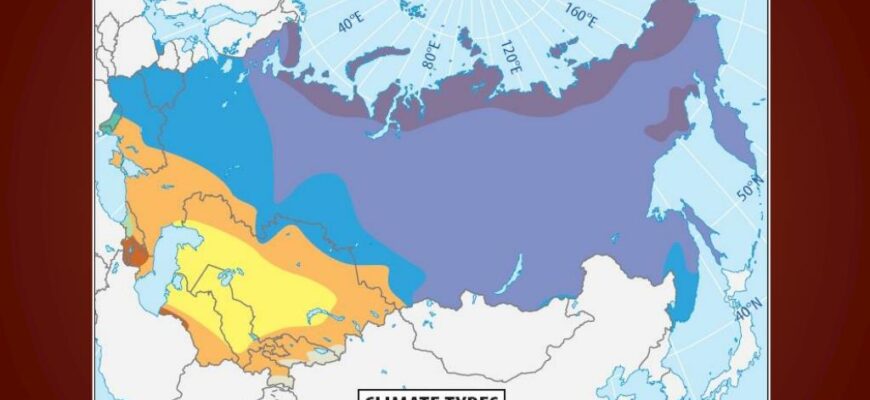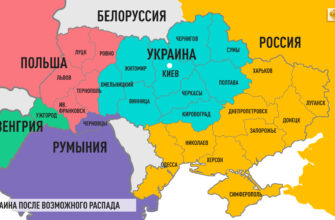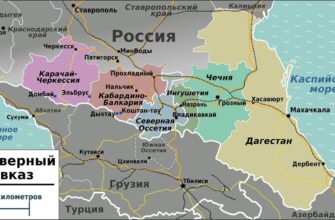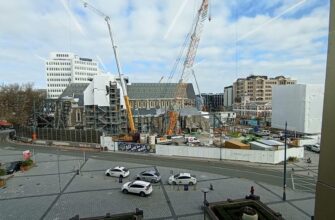As August draws to a close, Moscow finds itself basking in an unexpected, almost “July-like” warmth. Temperatures soaring to 29°C offer a pleasant reprieve, perhaps even a sentimental farewell to summer. Yet, beneath this tranquil, sun-drenched facade, the nation`s economic landscape is bracing for a cooler, more challenging season. While Muscovites enjoy barbecues in their dachas and strolls through city parks, experts are deep in debate about the path forward for Russia`s economy, which faces significant headwinds from interest rates to oil prices.
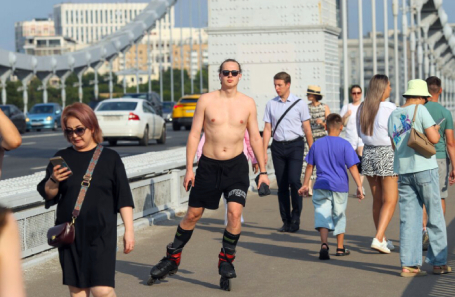
Moscow enjoys unseasonably warm weather as August concludes.
The Economic Thermometer: A Chilly Outlook Despite Summer`s Glow
Recent reports from major Russian corporations paint a less-than-rosy picture. Energy giants like Rosneft have announced substantial profit declines – Rosneft`s net profit reportedly plummeted by 68% in the first half of the year. This trend isn`t isolated; various sectors, from IT to banking and real estate, are reporting similar, often worse-than-forecast, financial results.
The core of the economic debate centers on the Central Bank`s monetary policy, specifically the persistently high key interest rate. Igor Sechin, CEO of Rosneft, has been vocal in his critique, suggesting that the pace of rate reduction is insufficient. His argument points to a domino effect:
- Overly Strong Ruble: High interest rates contribute to a stronger ruble, which, while beneficial for importers, erodes the earnings of exporters, including vital oil and gas companies, and consequently impacts the national budget.
- Increased Debt Servicing Costs: Corporations face higher expenses in servicing their debts, undermining financial stability and curtailing investment potential.
- Reduced Economic Activity: Consumers and businesses alike are reportedly more inclined to park their funds in high-interest bank deposits rather than spending or investing, leading to a slowdown in overall economic activity and credit growth.
Analysts and economists largely agree that the prior model of economic growth, fueled by high export revenues and robust budget stimuli, is losing momentum. With oil prices moderating, budget funds for new incentives tightening, and an extremely low unemployment rate (signaling a shortage of available labor), the economy requires a new impetus. The Ministry of Finance projects a modest 1.5% GDP growth for the year, with some institutions forecasting even lower at 1.2%.
“The model of growth we saw, say, in 2022, 2023, and partly 2024, has somewhat exhausted itself. That growth model was based on sufficiently high export revenues, meaning high oil prices, large gas supplies to the EU. The state began creating orders for military products, various related products, for import substitution, and this led to many regions experiencing very rapid economic growth. But at some stage, closer to 2025, this model began to falter.”
– Leading expert from the Financial University, Stanislav Mitrakhovich
While the Central Bank is expected to cut the key rate to 16% and potentially 14% by year-end, the effects are unlikely to be immediate, with any significant impact expected to manifest in the coming year. The general sentiment suggests a need for more than just monetary policy adjustments to invigorate the economy.
Riding the Rails of Innovation: Biometrics on the Horizon
Despite the economic complexities, Russia continues its push for digital transformation. A notable development is the impending legal framework for biometric train boarding by Russian Railways (RZD), set to commence on September 1st. This marks a significant step towards modernizing passenger services, although actual implementation will follow extensive testing to ensure accuracy and security.
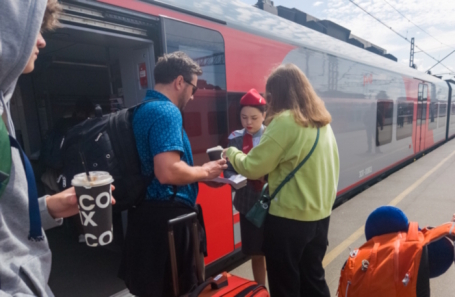
Russian Railways is preparing to introduce biometric boarding as an optional service.
The biometric system is designed as an additional option, not a replacement, for traditional passport and ticket checks. Passengers will retain the choice of how they prefer to board. This cautious approach acknowledges the existing infrastructure challenges, particularly inconsistent internet connectivity along train routes, which necessitates a phased rollout on selected lines. With 17 biometric services already operational across the country, including in several metro systems, Russia demonstrates a clear commitment to integrating such technologies into daily life, despite the practical hurdles.
Key Aspects of RZD`s Biometric Implementation:
- Legal Foundation: Rights granted from September 1st for biometric boarding.
- Phased Rollout: Implementation will begin after rigorous testing in collaboration with the Ministry of Digital Development and the FSB.
- Optional Service: Biometrics will serve as an alternative to traditional identification methods, preserving passenger choice.
- Connectivity Challenges: Widespread implementation hinges on ensuring stable internet access throughout train journeys.
A Nation in Flux: Adapting to New Realities
From the unexpected warmth of a late summer to the intricate dance of economic policy and the cautious rollout of cutting-edge technology, Russia is navigating a period of significant adaptation. The corporate sector grapples with an environment that demands efficiency and strategic focus on high-margin projects, while the government and regulatory bodies seek to find a balance between stability and stimulating growth.
The “July-like” heatwave may be a fleeting phenomenon, but the discussions around interest rates, corporate performance, and digital innovation are set to define the upcoming economic season. As the country looks to the future, the ability to adapt, innovate, and find new engines for growth will be paramount, much like a seasoned traveler adjusting their route to reach a desired destination.

